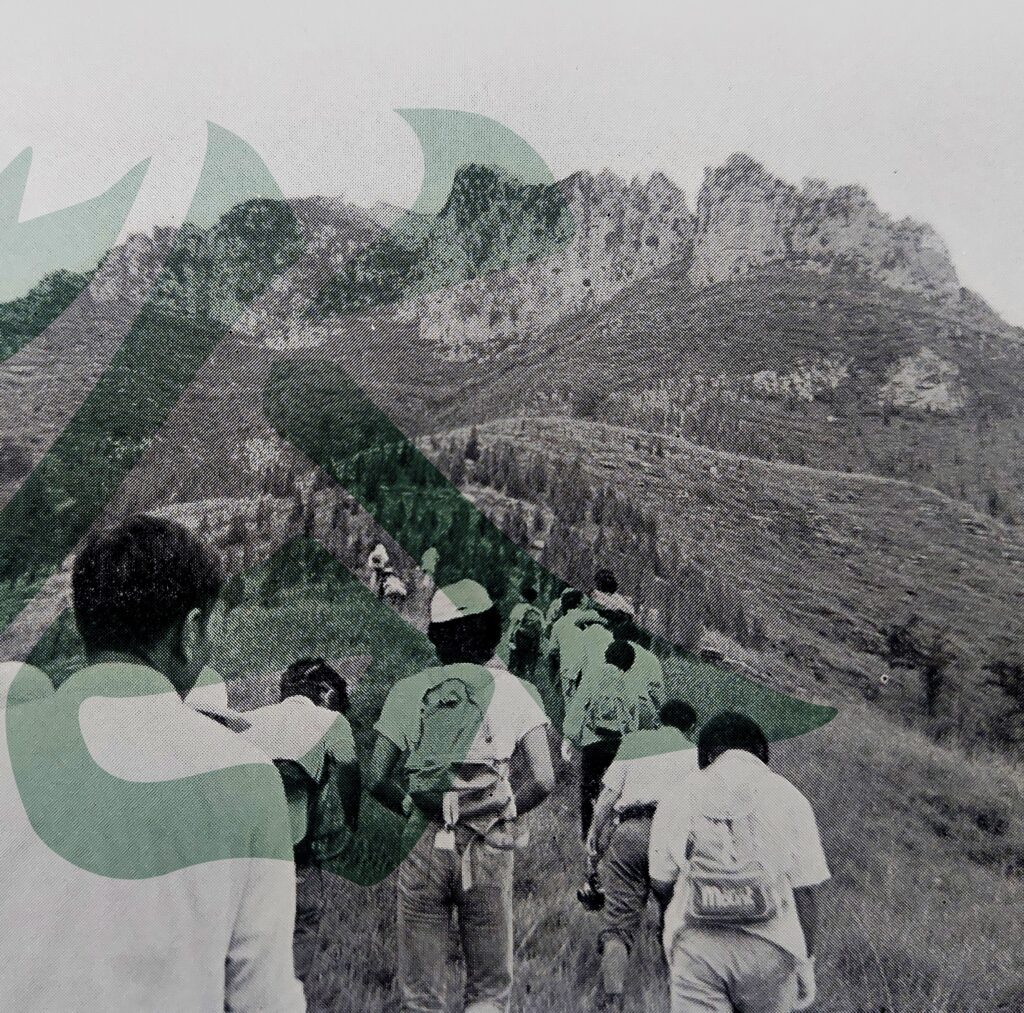Date : mardi 15 & mercredi 16 octobre 2024
Lieu : Auditorium, Inalco, 65 rue des Grands Moulins, 75013

Organized by Lia Wei and Manuel Sassmann
Funded by the ANR (French Research Agency) project Altergraphy
https://altergraphy.hypotheses.org/
Synopsis:
Inscriptions can open up a world extending far beyond chisel marks on the stone surface. In eight
roundtables, we propose to explore the rich cultural history of epigraphy in East Asia. By striding out
its multiple dimensions of time and space, both physical and imaginary, scholars from the sinographic
sphere with diverse disciplinary backgrounds will attempt to chart together the Epiverse. The experimental format of this conference aims at facilitating present and future collaborations in the
field, and defining common research paths on stone inscriptions and inscribed landscapes.
Preparation:
Attendees can prepare their answers to the 8 themes and questions, so that each session functions
like a roundtable, rather than conventional speeches. Coffee is provided in 30 min breaks in-between
sessions in the Foyer adjacent to our Auditorium. During lunchtime, guided tours of the exhibition
“Sculpter les nuages, la montagne enlacée” about the four mountains inscribed by Zheng Daozhao
between 511 and 516 CE are proposed in the Galerie adjacent to the Foyer.
In each session, two scholars among our guests will show a few slides of their material (about 10 min)
and one or two discussants will be commenting on all of the submitted answers to the session
questions (about 15 min), followed by an open roundtable where all participants can join the
conversation (the remaining 30 min).
Guests:
Hilde De Weerdt (KU Leuven); Yolaine Escande 幽蘭 (CNRS/CRAL/EHESS); Michael Hatch
(Trinity College); Shao-Lan Hertel 何小蘭 (Cologne East Asian Art Museum); Lee Sunkyu (KU Leuven);
Li Ziyi 李子怡 (China Academy of Art); Jonathan Pettit (University of Hawaii); Sakata Gensho 坂田玄
翔; Thomas Hahn (UC Berkeley); Shi Tianyu (Hamburg University); Shin Jeongsoo 신정수 (Academy of
Korean Studies); Yan Weitian 閻緯天 (Indiana University); Aida Yuen Wong 阮圓 (Brandeis University);
Xue Lei 薛磊 (Oregon State University).
Altergraphy project members:
Christoph Anderl (Ghent University-online); Kento Ashikari 芦刈健人
(Inalco/Kyoto University); Francesca Berdin (Inalco); Michela Bussotti (EFEO/CCJ); Killian Cahier
(Inalco); Lyce Jankowski (Musée Royal de Mariemont-online) ; Anna Le Menach (Inalco); Manuel
Sassmann (Heidelberg Academy of Sciences); Paula Sumera (Inalco); Tchou-Tchou Tophoven (Inalco);
Laurent Van Cutsem (Ghent University- online); Olivier Venture (EPHE/CRCAO); Lia Wei 魏離雅
(Inalco/IFRAE); Lei Yang 雷楊 (Inalco/IFRAE/CRCAO); Zhang Qiang 張強 (Sichuan Fine Arts Institute);
Zhang Rui 張蕊 (Inalco/IFRAE).
DAY 1 – OCTOBER 15
9:00 – 9:30 Welcome address
9:30 – 10:45 1 – Digital Synergies 數字文人
Which digital tools do you use and how do they impact the perception of your material and the structure
of your analysis if so? How can we create synergies across projects beyond technical advice? What are
the challenges in building shared ontologies for inscribed landscapes/epigraphy/rubbings?
11:15 – 12:30 2 – Managing Monuments 遺產悖論
How have inscribed landscapes been managed between antiquarianism and heritagization? How has the
challenge of preserving the environment and rock surface been met when inscriptions are traditionally
valued in the shape of rubbings? Who is the audience for the heritagized inscriptions?
14:00 – 15:15 3 – Transforming Spaces 空間變異
In what different kinds of spaces (religious, political, social, …) are inscriptions embedded and what
places do they create? How do spaces/places coexist and interact? How are they navigated, imagined,
visualized, and represented? In what ways are they transformed and or transformative?
15:45 – 17:00 4 – Traveling Legacy 傳統轉換
How did visual and textual epigraphic knowledge circulate and impact artistic practices – including
avant-garde and modern experiments – across time and space? What similarities/differences in the
handling of this legacy can we identify between late imperial and early modern East Asian elites?
17:30 – 18:30 Keynote lecture by Sakata Gensho 坂⽥田⽞玄翔
DAY 2 – OCTOBER 16
9:00 – 10:15 5 – Thinking Matters 開山策略
What are the motivations and modes of appropriation of mountains, stones, and other matters? By
which strategies do states, communities, individuals – as well as divine or non-human agents – “develop”
mountains? How do these strategies translate into physical markers and textual/verbal discourse?
10:45 – 12:00 6 – Conceiving Identity 身份確證
How do poetry, religion, and calligraphy shape identity? How do epitaphs and steles, with their specific
literary genres and calligraphic styles, allow us to reconstruct networks of historical figures? Beyond the
monolithic notion of a person as “author”, how can we deconstruct identity into its interrelated facets?
14:00 – 15:15 7 – Calligraphic Variation 書刊風格
How do we define and describe (calli)graphic variation and style? How does the visual analysis of
calligraphy today rely on descriptive vocabularies developed since the medieval period? What can we
still learn from calligraphic practice, and what would a practice-derived descriptive vocabulary look like? How could such a vocabulary apply to epigraphy?
15:45 – 17:00 8 – Antiquarian Practices 試驗金石
What are the specific antiquarian modes of handling monuments and surrogates? What dimensions of
objects do sensorial interactions reveal that are lost in both modern armchair scholarship and
archaeology?
17:30 – 18:00 Closing remarks
